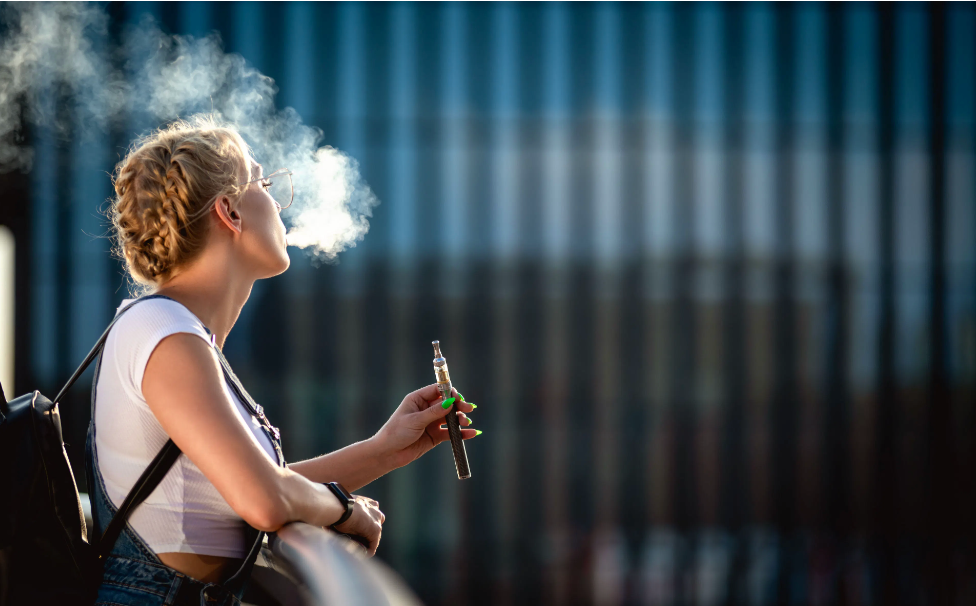News
Article
Persistent Childhood Exposure to Passive Smoke From Heated Tobacco Products Can Increase Cardiovascular Risk in Adulthood
Author(s):
These heat-not-burn cigarettes are incorrectly assumed to be healthier than traditional tobacco cigarettes.
Children exposed to passive smoke from heat-not-burn cigarettes (HNBC; also called heated tobacco products) and traditional tobacco cigarettes (TTC) have an increased risk of oxidative stress, which may increase their cardiovascular risk in adulthood, according to authors who published a study evaluating the risks associated with passive smoke from HNBC in children in Environmental Pollution. However, there are a growing number of people who are continuing to smoke alternative forms of tobacco.
leszekglasner - stock.adobe.com

“Forty percent of children are usually exposed to tobacco smoke (traditional or alternative),” wrote the study authors. “These data are expected to grow further in view of the increasing spread and use of HNBC.”
HNBC heat tobacco without combustion, and they are becoming a popular alternative to TTC because people believe they produce a lower quantity of harmful chemicals and toxins compared to the original product. However, they’ve been shown to lead to cardiovascular risk (ie, hypertension, diabetes, metabolic syndrome) and respiratory risk (ie, asthma) in adulthood.
The aim of this study is to identify the possible risks associated with passive smoking from HNBC on children’s health. Investigators placed 72 children aged 2 to 18 years in 1 of 3 groups: HNBC passive smokers, TTC exposed, and unexposed (control), and they were evaluated for oxidative stress, endothelial function, platelet function, and thrombus formation.
Children who were passively exposed to pollutants from HNBC had increased oxidative stress—reflected by an increase in enzyme NOX2 levels—along with impaired endothelial function, increased platelet activation, and increased risk of thrombus formation, according to the study authors. Higher oxidative stress can increase platelet activation, which in turn can impact endothelial function and lead to risk of thrombus formation.
“This raises concerns about potential health risks in these subjects, sounding an alarm regarding the implications of such exposure,” the authors wrote.
While there is less nicotine in HNBC compared to TTC, HNBC is not a healthier alternative. However, results from a different study showed that half of all smokers think that HNBC is less dangerous than the TTC.
In fact, investigators of the current study observed there were no disparities between the 2 when it comes to endothelial dysfunction, oxidative stress, platelet activation, and thrombus formation.However, people who used HNBC smoked a larger number of cigarettes than adults smoking TTC.
HNBC might also be riddled with other chemicals that cause harm to children, such as tar, carbon monoxide, and aldehydes. These compounds are higher in TTC, but they are still present in HNBC.
The authors noted that the study included limitations. First, the team did not look at other enzymes which may impair endothelial function. In addition, there is no quantifiable way to determine duration of exposure, no evaluation of carbon monoxide and other pollutants, and the sample size was small. According to the authors, more studies are needed to establish a causal relationship between passive HNBC smoking and cardiovascular risk and other health risks.
“The implications of this study are that increased awareness of the adverse, cardiovascular consequences of exposure to passive smoking in children may facilitate the development of health interventions to reduce and ideally eliminate the exposure to smoke in the vulnerable pediatric population,” the authors wrote.
REFERENCE
Loffredo L, Carnevale R, Pannunzio A, et al. Impact of heat-not-burn cigarette passive smoking on children's oxidative stress, endothelial and platelet function. Environ Pollution. 2024.doi:10.1016/j.envpol.2024.123304
Newsletter
Stay informed on drug updates, treatment guidelines, and pharmacy practice trends—subscribe to Pharmacy Times for weekly clinical insights.






